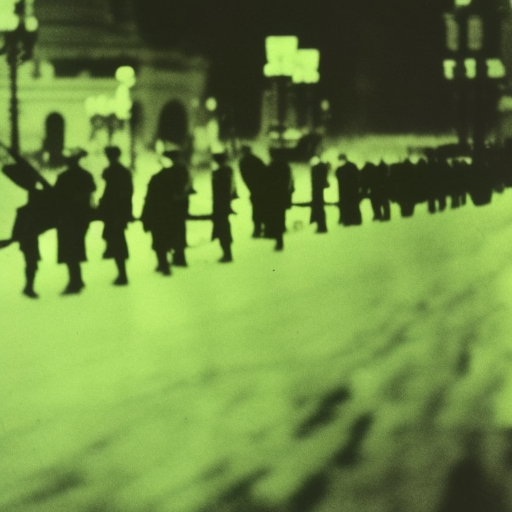Russian Revolution: A Turning Point in Russian History
The Russian Revolution was a series of political and social upheavals that took place in Russia during the early 20th century. It resulted in the overthrow of the Russian monarchy and the establishment of a socialist government. The revolution had a profound impact on Russia and the world, shaping the course of history for decades to come.
Causes of the Russian Revolution
The Russian Revolution was fueled by a combination of long-term social, economic, and political factors. The Russian Empire was characterized by widespread poverty, a rigid social hierarchy, and autocratic rule. The majority of the population, consisting of peasants and industrial workers, faced harsh living conditions and exploitation.
The outbreak of World War I in 1914 exacerbated these problems. The war put a strain on the Russian economy and led to food shortages and inflation. The government’s mismanagement of the war effort further eroded public trust and support for the monarchy.
The February Revolution
The Russian Revolution began in February 1917 with mass protests and strikes in Petrograd (now St. Petersburg). The demonstrators demanded an end to the war, better working conditions, and political reforms. The protests quickly spread across the country, and the military joined the uprising.
Facing mounting pressure, Tsar Nicholas II abdicated the throne on March 15, 1917, marking the end of the Romanov dynasty that had ruled Russia for over three centuries. A provisional government was established, led initially by liberals and later by socialists.
The October Revolution
The provisional government’s inability to address the pressing issues facing Russia, such as land reform and the war, led to growing discontent among the population. In October 1917, the Bolshevik Party, led by Vladimir Lenin, seized power in a coup known as the October Revolution.
The Bolsheviks, a radical socialist group, aimed to establish a socialist state based on the principles of Marxism. They promised “peace, land, and bread” to the Russian people. The Bolsheviks dissolved the provisional government and took control of key institutions, including the military and the economy.
The Russian Civil War
The establishment of Bolshevik rule sparked a civil war that lasted from 1918 to 1922. The Bolsheviks, known as the Red Army, fought against various anti-Bolshevik forces, collectively known as the Whites. The Whites were supported by foreign powers, including Britain, France, and the United States, who opposed the spread of communism.
The civil war was marked by brutal fighting, atrocities, and widespread famine. The Red Army eventually emerged victorious, consolidating Bolshevik control over Russia. The war resulted in the deaths of millions of people and further devastated the country’s economy and infrastructure.
Legacy of the Russian Revolution
The Russian Revolution had a profound and lasting impact on Russia and the world. It led to the establishment of the Soviet Union, the world’s first socialist state. Under Soviet rule, Russia underwent rapid industrialization and collectivization, transforming it into a major global power.
However, the revolution also brought about a period of political repression and authoritarian rule. The Soviet regime suppressed political dissent, implemented centralized economic planning, and restricted individual freedoms. The revolution’s ideals of equality and social justice were often overshadowed by the reality of a repressive regime.
The Russian Revolution also inspired revolutionary movements around the world. It served as a catalyst for the spread of communism and influenced political developments in countries such as China, Cuba, and Vietnam.
In conclusion, the Russian Revolution was a watershed moment in Russian history. It marked the end of centuries of autocratic rule and the beginning of a new era of socialist experimentation. The revolution’s impact, both positive and negative, reverberated throughout the 20th century and continues to shape the world today.












